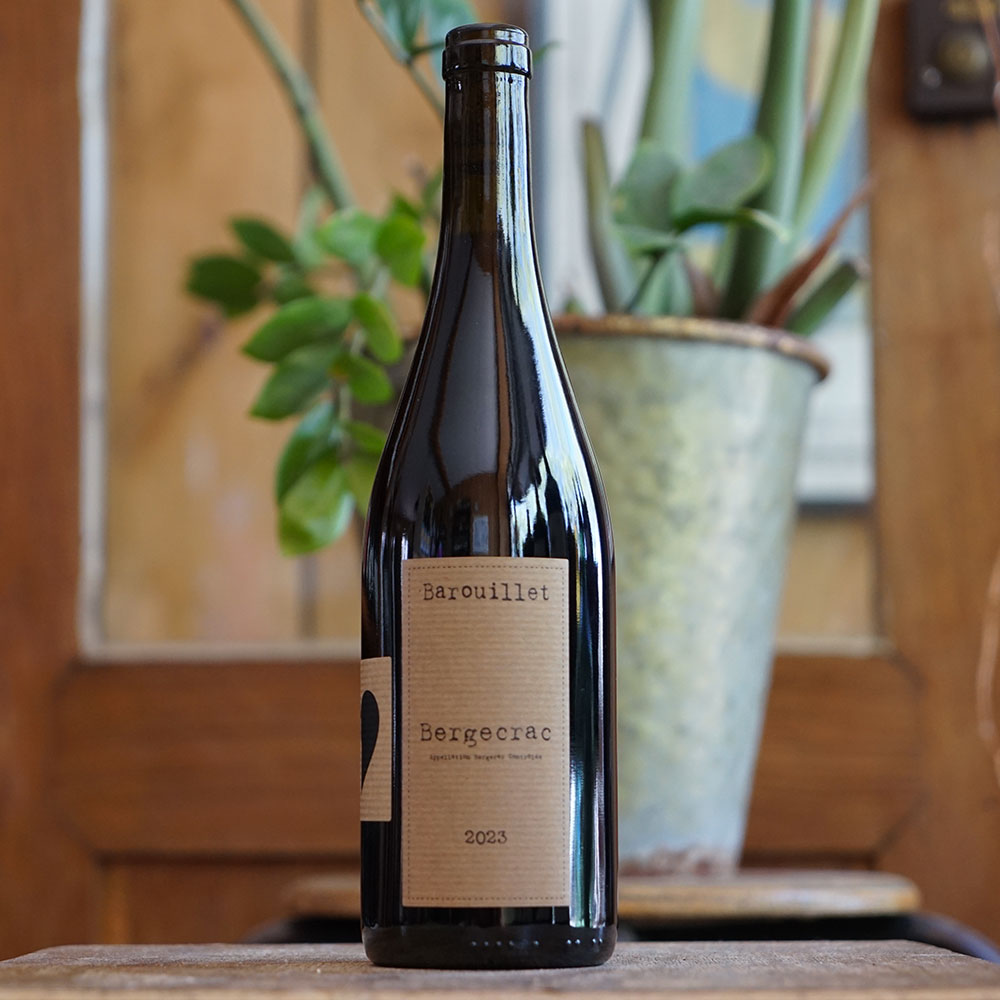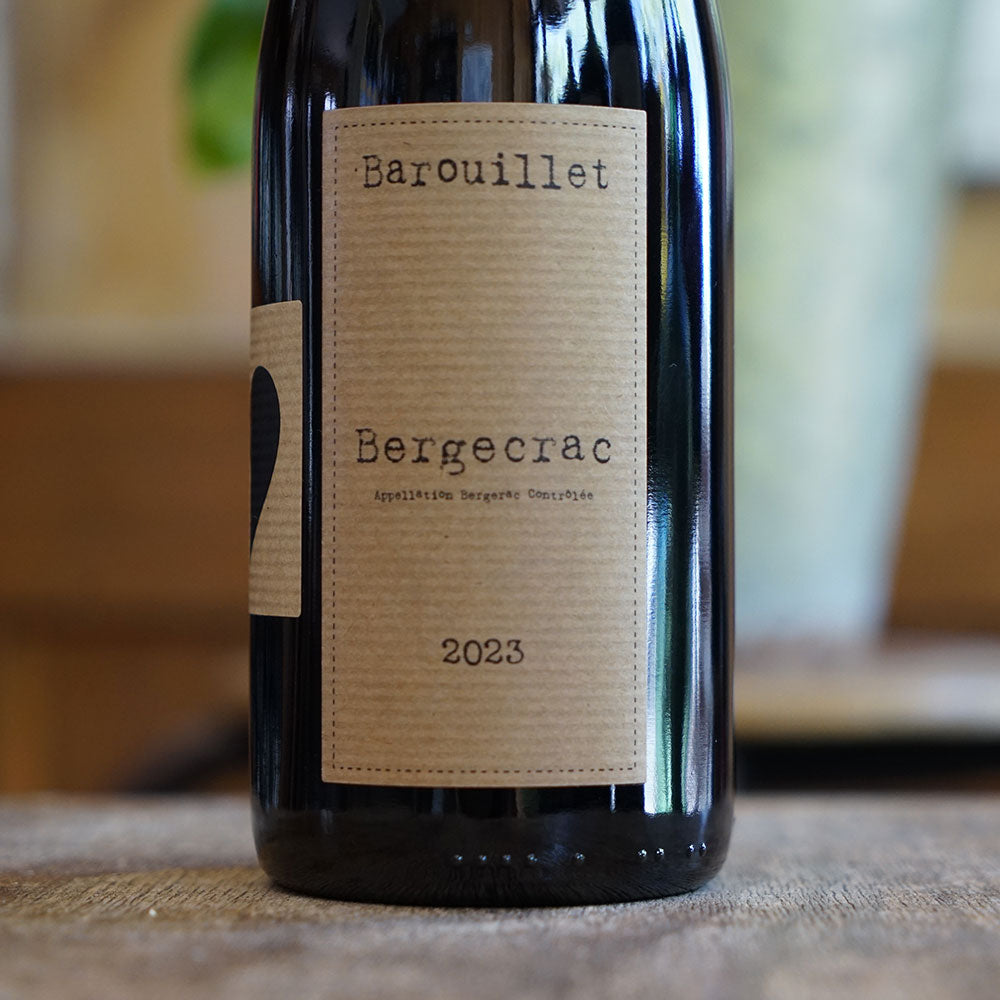South West
The vineyards of the South-West are a veritable mosaic of different appellations with strong identities, more or less close to one another. Representing over 45,000 ha of planted vines, it stretches from the Aquitaine basin to the Pyrenean foothills, via the foothills of the Massif Central. This gives it a multitude of terroirs, from the limestone and alluvial terraces of the Marmandais to the Graves, from the sands and silts of Fronton to the calcareous sands and clays of the Bergeracois.
But this vineyard is above all marked by the work of native grape varieties such as Négrette in Fronton, Fer Servadou in Marcillac and Mauzac in Gaillac, which remind us of the multi-faceted nature of this territory, and above all of its incredible richness.
Today, many of these natural winemakers seek to defend the “real” grape varieties of this region, such as Abouriou, Duras, Tannat, Loin de l'Oeil, Petit and Gros Manseng, Prunelard... while also working with the more “classic” grape varieties such as Merlot, Cabernet Sauvignon, Cabernet Franc, Sémillon and Sauvignon... in all, more than 300 grape varieties coexist in this region, including over 120 indigenous varieties.
Geographically, we generally define it as including the vineyards of the Dordogne, Gaillac and surrounding areas, the Gers and Irouléguy in the Basque country.
The Dordogne and its vineyards are centered around Bergerac, on soils and climates similar to those of eastern Bordeaux: clay over limestone, with the distinctive expressions of Merlot, Cabernet Sauvignon and Cabernet Franc.
The natural wines produced from these grape varieties have gourmet, easy-to-digest profiles with notes of ripe black fruit, cherry and tobacco. There are also natural white wines made mainly from Sémillon and Sauvignon Blanc. There are also a few cuvées of natural sparkling wines, such as Splash! from Domaine Barrouillet, where Vincent Alexis and Romuald Cousy work with Semillon.
To the south, on the Spanish border, we can observe the small vineyard of Irouléguy, covering just 240 hectares. This fast-growing appellation focuses on Tannat, an indigenous grape variety which, as its name suggests, has a fairly tannic structure. The “Haitza” cuvée vinified naturally by Théo and Iban Riouspeyrous for Domaine Arretxea is a perfect illustration of this: 80% Tannat blended with 20% Cabernet Franc for a cuvée with obvious ageing potential, but full of elegance and black fruit (don't forget that the Cabernet Franc comes from the former Txakoli vineyards in the Spanish Basque country!)
There are also natural white wines that take advantage of the cool, high-altitude climate to offer wines that are lively and full-bodied, made naturally from Petit & Gros Manseng and Petit Courbu grapes.
As you approach the city of Toulouse, in Haute-Garonne, you come across the vineyards of Gaillac and Fronton. These wine-growing areas are still discreet, but are actively involved in the development of natural wines.
To discover a wider selection of natural South West wines, visit Marée Haute.























